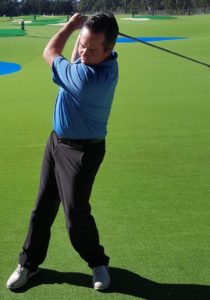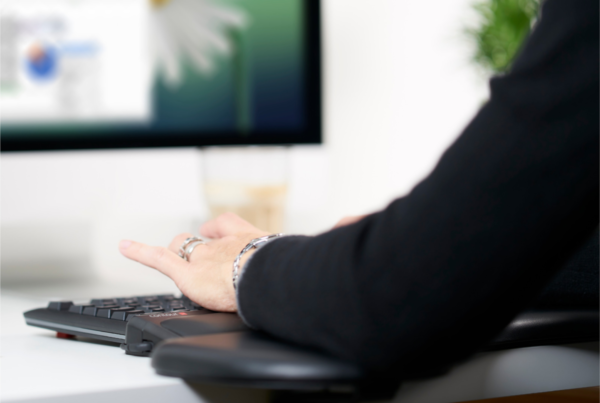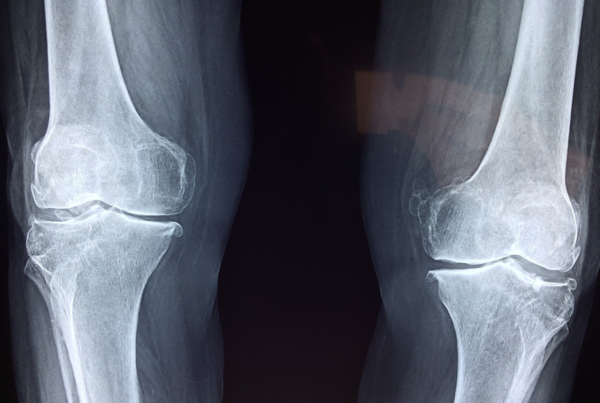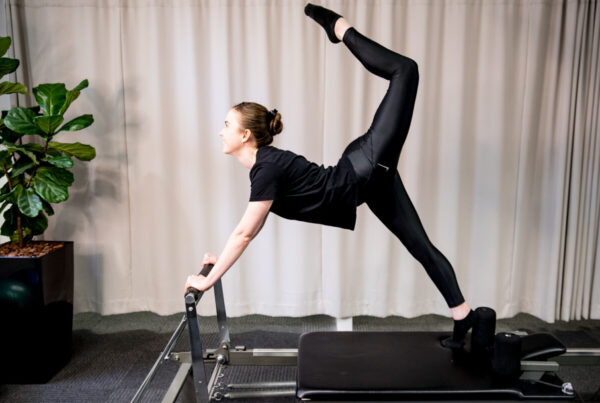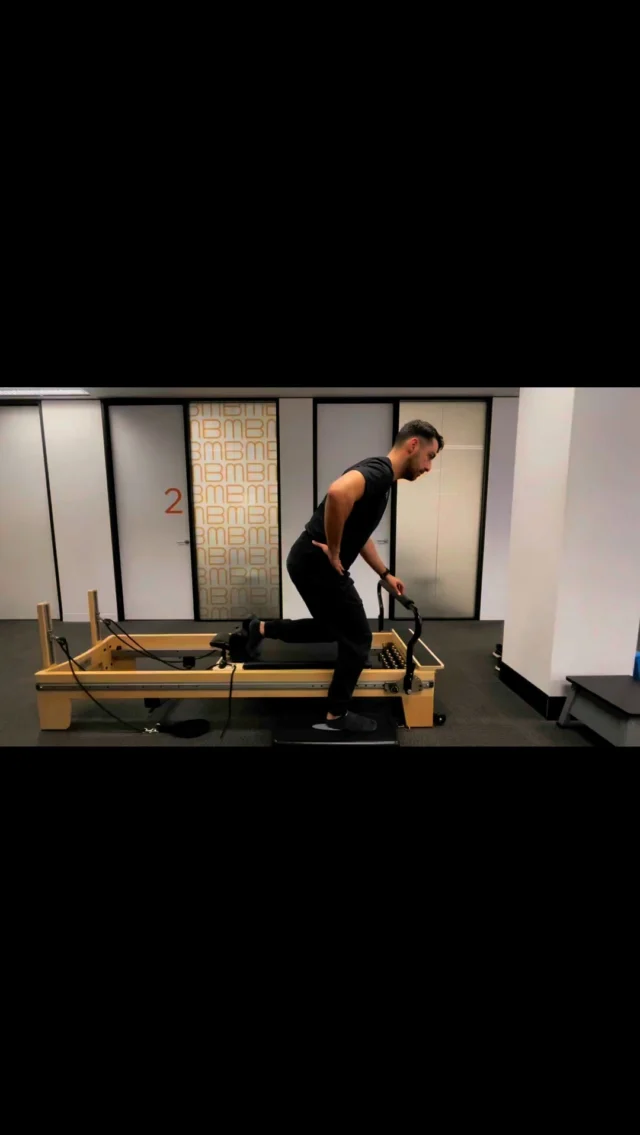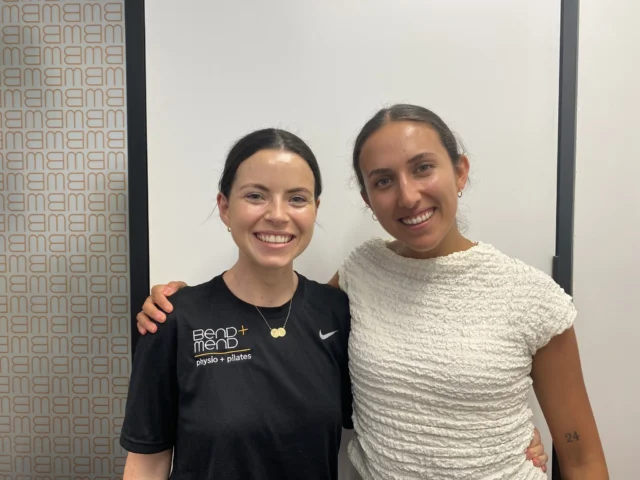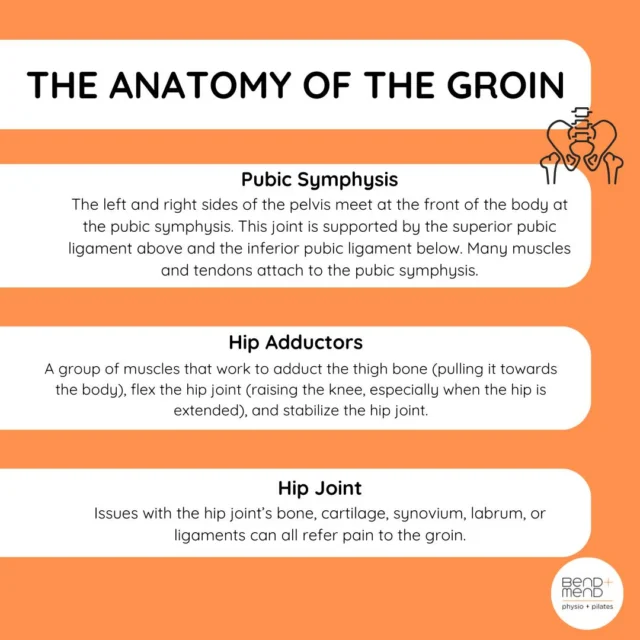When it come to the golf swing, what do we mean by “Reverse Spine Angle”?
A Reverse Spine Angle is any excessive upper body backward bend or excessive left (for right handed golfers) upper body side bend during the backswing. This swing characteristic makes it difficult to perform the proper sequence of the downswing and the upper body tends to dominate the sequence. The upper body domination will eventually create path problems and limited power output. This swing characteristic also puts excessive tension on the lower back due to forced inhibition of the abdominal muscles during the backswing. Reverse Spine Angle in the golf swing is one of the main causes of lower back pain.
Physical Causes of Reverse Spine Angle:
– The ability to separate the upper body from the lower body allows the shoulders to rotate around the spine without going into backward bend or excessive left side bend. Reduced ability to separate the upper from the lower body is caused by reduced spinal mobility and shortened lat flexibility.
– Right hip internal rotation for a right handed golfer is vital for full rotation into the right hip without any side movement. If joint or muscular restrictions cause reduced right hip internal rotation then this can cause the golfer to ‘sway’. Sway during the backswing will lead to the spine tilting into a backward bend creating the reverse spine angle.
– A golfer’s core muscle strength and stability are vital in controlling the spine angle during the backswing. If these muscles do not stabilise the spine then a reverse spine angle during the backswing is likely to occur.
If you think you may have a Reverse Spine Angle in your golf swing then this is best evaluated by our TPI Physical Screening. So come and see Bonnie (TPI certified) at Bend + Mend in Sydney’s CBD for a Golf Physiotherapy Assessment and TPI Physical Screen.
